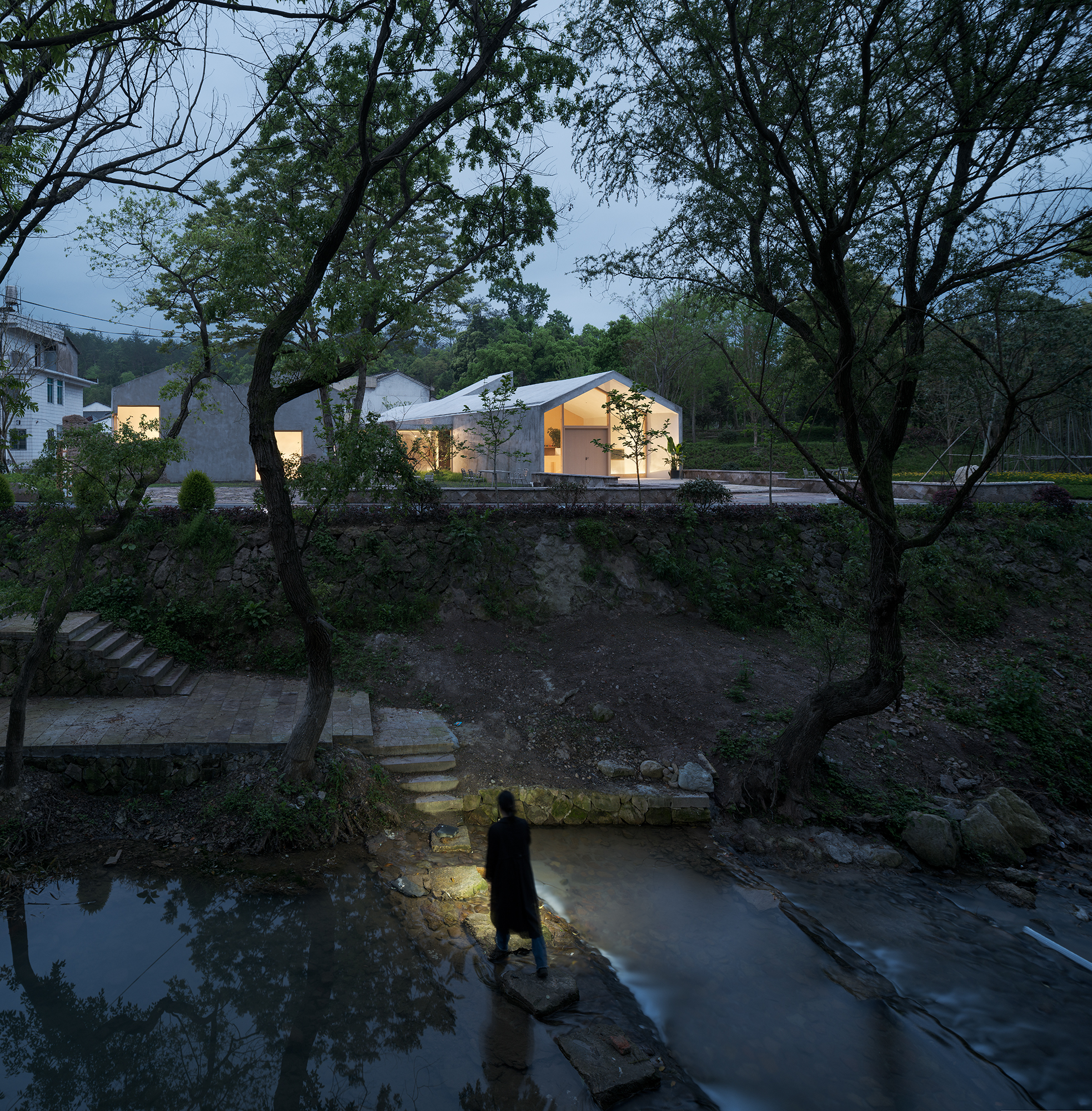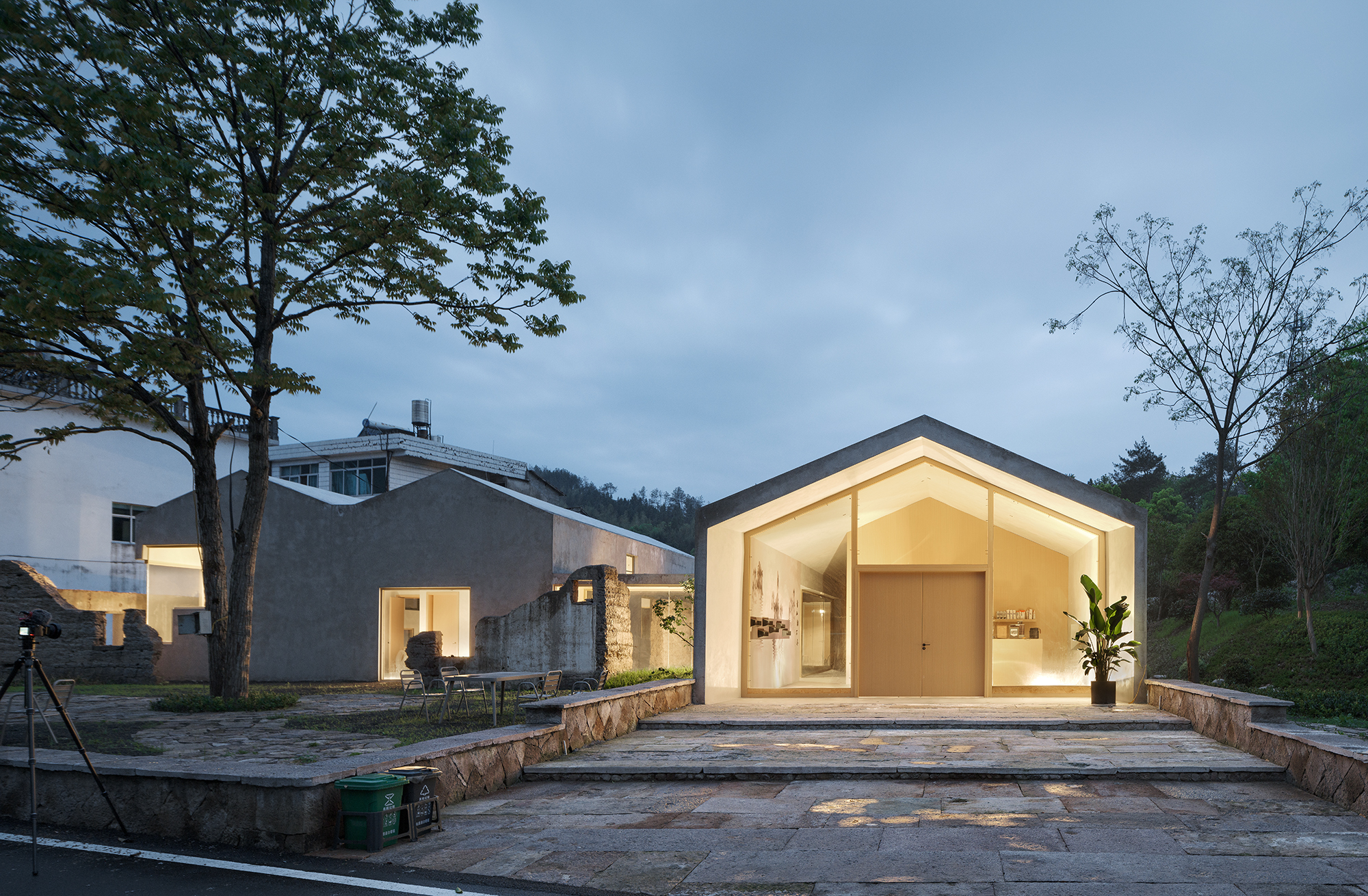
A Chinese community hall in the country's rural Wanghu Village combines old and new effortlessly, sprinkling minimalist architecture into Zhejiang Province's historical setting. The project, designed Zhejiang University-based architecture studio UAD, aims at respecting the local vernacular legacy and Chinese traditions while ensuring this is a space fit for purpose for its contemporary, 21st-century inhabitants, the studio explains in its statement.
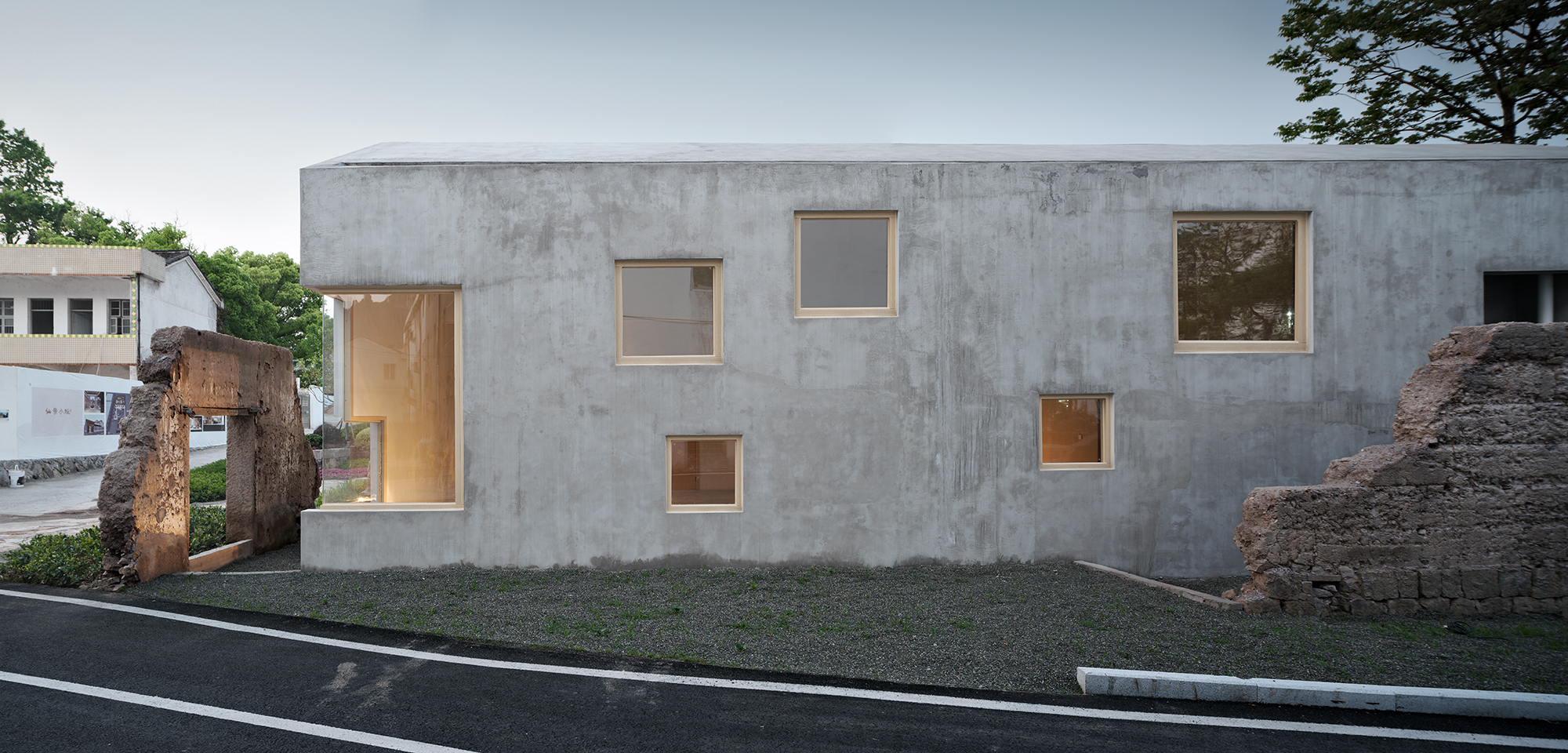
Step inside this Chinese community hall in Wanghu Village
The community hall is located on a plot on the edge of the village, right next to a river. The site sits within a mountainous part of China, rich in agriculture. Indeed, the salvaged, rammed-earth walls in the project are 'remnants of the mud houses that villagers used to cultivate mushrooms', the architects explain.
'With the advancement of modern technology and the lack of rural productivity, the memories of past production have gradually been phased out or even forgotten. The abandoned historical fragments are witnesses of time. The walls still bear traces of former windows and doorways, allowing people to imagine their past usage.'
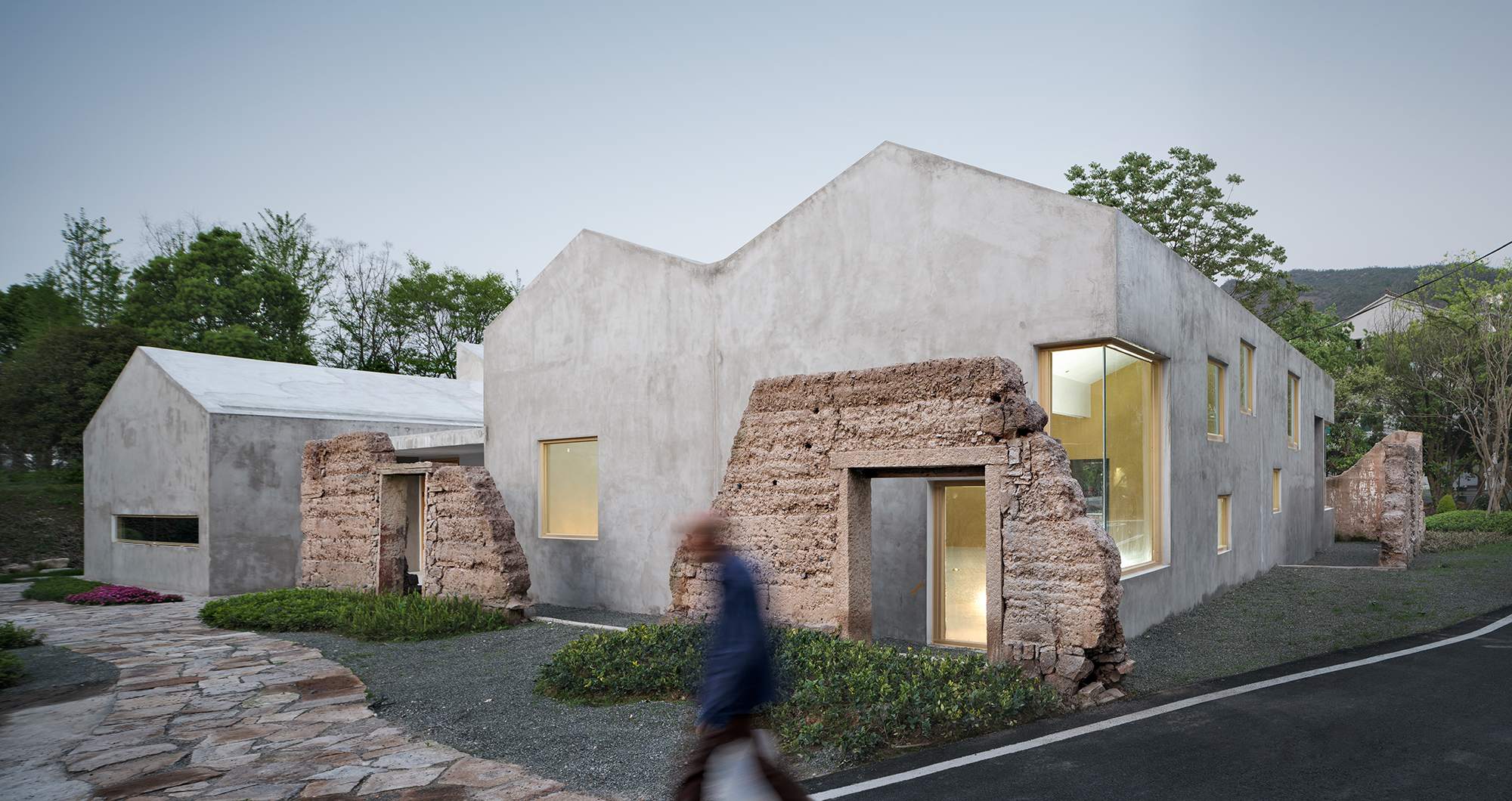
The studio sought to revive this historically rich site, adding another layer of architecture to it. Working with the ruins of the existing, three mushroom-growing structures, the architects slotted in three respective, pared-down, concrete volumes, cutting out windows and leaving the older elements untouched.
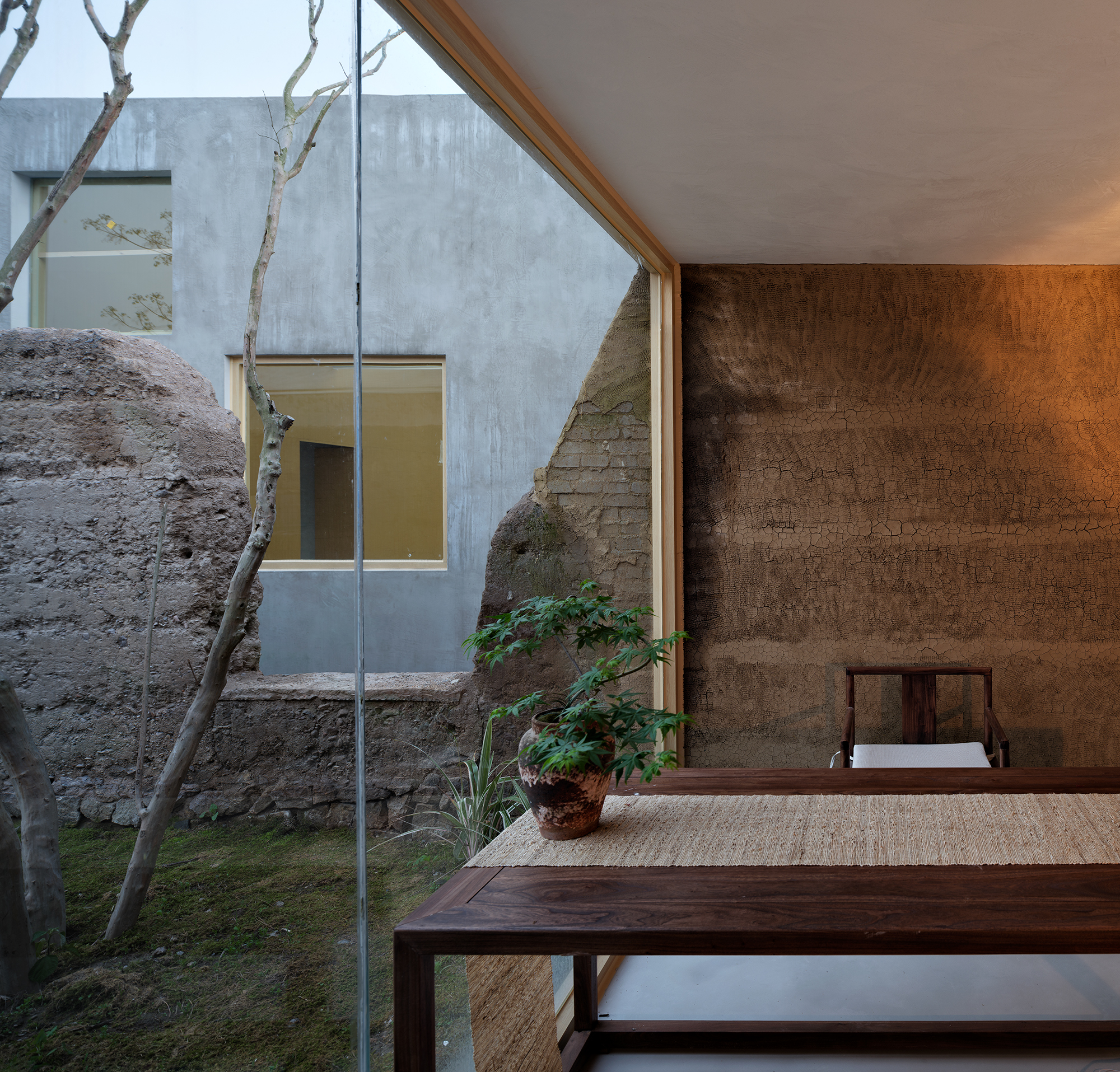
The monolithic contemporary volumes delcare their presence, yet also act as an echo of the architecture that stood here not too long ago.
'[They] naturally "grow" out of the old walls. The new building and the old walls complement each other, creating a harmonious interplay of visibility and invisibility,' the architects write.
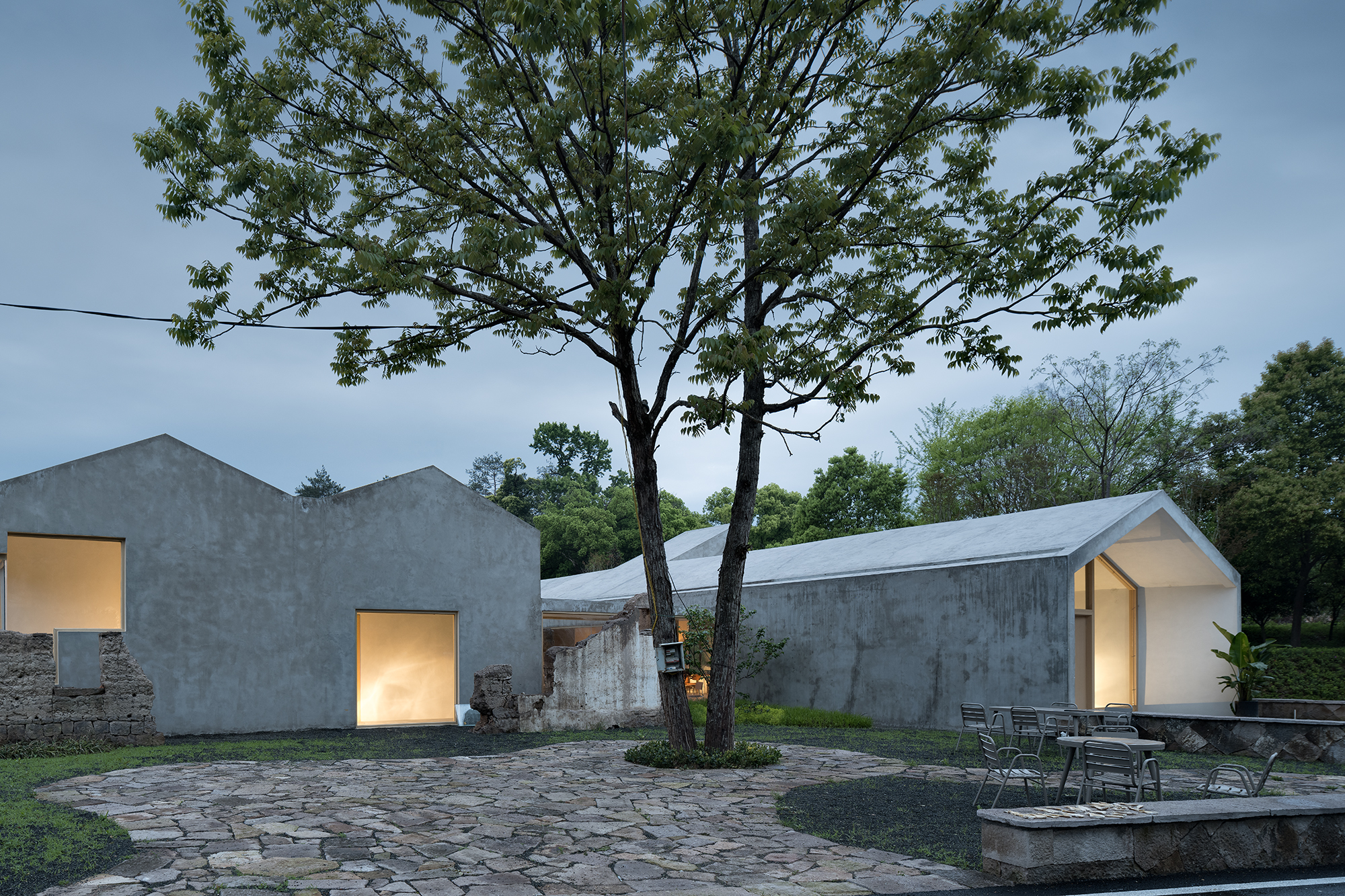
The clean, geometric shapes and low-pitched roofs mimic those of the surrounding village. Meanwhile, inside, a variety of areas cater to different needs of the local community, spanning a multifunctional exhibition hall, offices, a tea room and a smaller activity area.
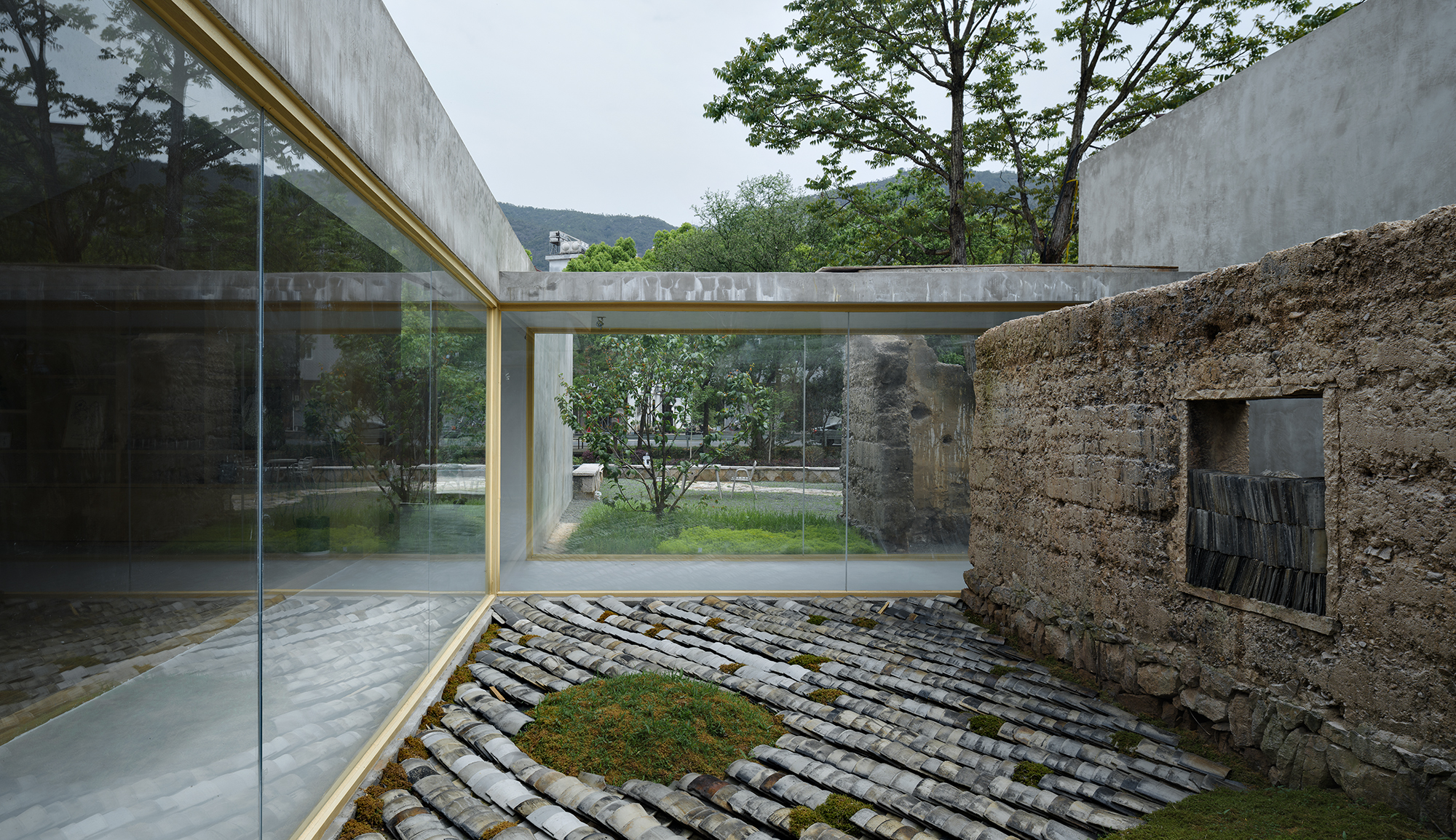
At the same time, 'new windows not only redefine the relationship between the building and the nature but also actively respond to the village's alleys, folk houses and the distant mountains. In this way, it creates more visual connections and mutual perception between the interior and exterior environments.'
